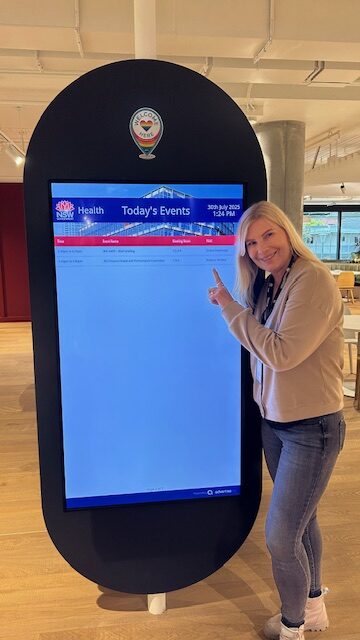This summer, SOL Baltics took part in an Erasmus+ study visit to Sydney, organised by Puhastusekspert. The main goal of the programme was to gain an understanding of how cleaning and infection control are organised within the Australian healthcare system and to explore the use of different quality systems and standards.

As part of a job-shadowing programme, we visited several healthcare institutions in the Sydney region of New South Wales. On the first day, we were introduced to the structure of environmental services and infection control within the state’s healthcare system. A central support organisation, HealthShare NSW, operates across the entire state and is responsible for various services, including cleaning and laundry. This centralised model allows for more efficient process management and strengthens collaboration between clinical teams and support services.
In public healthcare institutions across New South Wales, the Environmental Cleaning Standard Operating Procedure (ECSOP) serves as an evidence-based guideline and an essential component of infection prevention and maintaining a safe healthcare environment. ECSOP provides a structured framework for planning, delivering, developing, and evaluating cleaning services.
On the second day, we had the opportunity to visit Royal North Shore Hospital, one of the largest hospitals in the region. During the job shadowing, we observed the work of the infection control team, explored the medical device sterilisation department, and saw how cleaning is integrated into daily workflows. All processes followed a strict sequence, and audits were conducted in line with the Australian NSQHS Standard. The results are displayed on a public Performance Board, which also includes an action plan and the name of the responsible person whenever issues are identified.
We also visited Westmead Hospital, home to the nationally significant NSW Biocontainment Centre. This facility serves as a national preparedness centre for managing high-risk infectious diseases. Particularly noteworthy were the carefully designed room layouts, closed systems, and state-of-the-art equipment – all aimed at minimising contamination and the spread of infection.

On the third day, the programme continued at Royal Prince Alfred Hospital, the largest and most prestigious hospital within the Sydney Local Health District. The morning focused on infection control procedures in the medical device sterilisation and intensive care units. In the afternoon, we observed the cleaning of a high-risk infectious patient room, gaining insight into the cleaning agents, tools, and methods used.
The study visit offered intensive and highly educational job-shadowing days, providing invaluable experience. It was especially insightful to see how cleaning services and infection control are integral to ensuring patient safety within the Australian healthcare system.
We extend our heartfelt thanks to the organisers for making this inspiring opportunity possible!